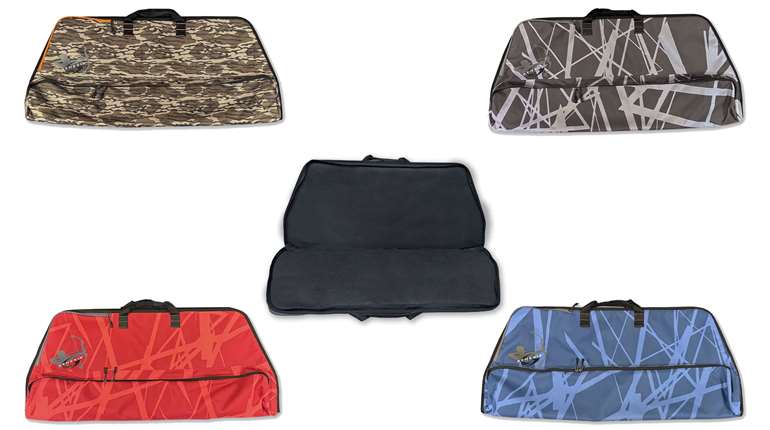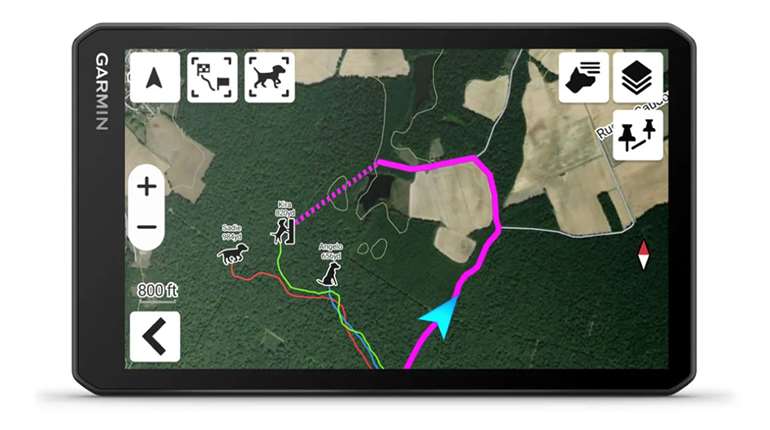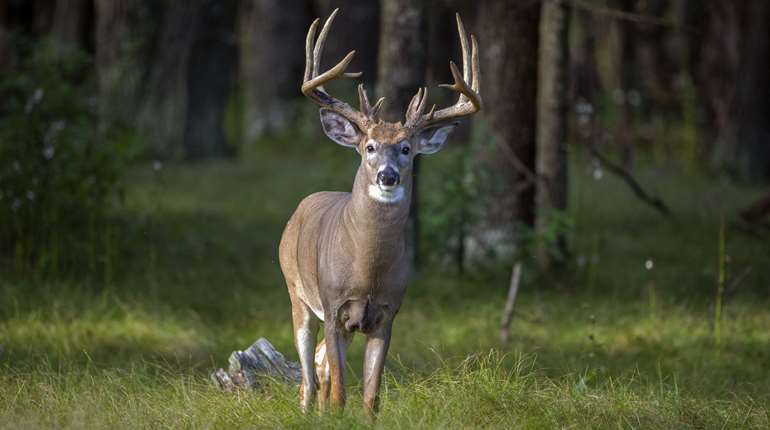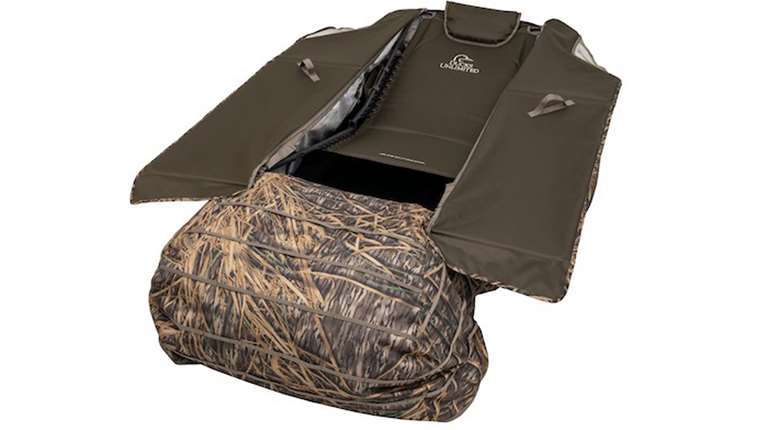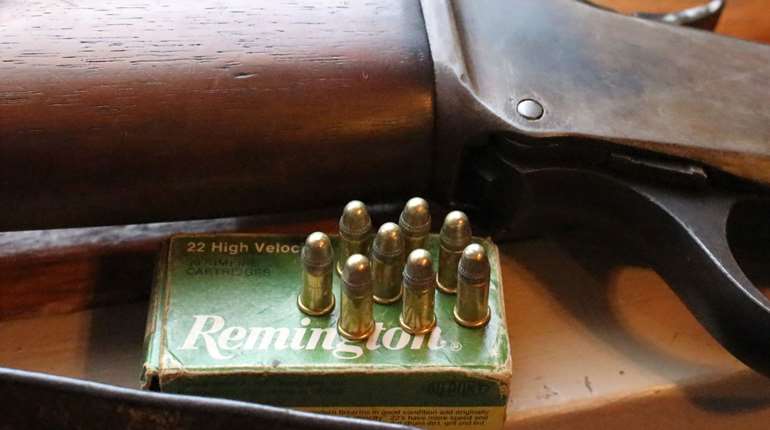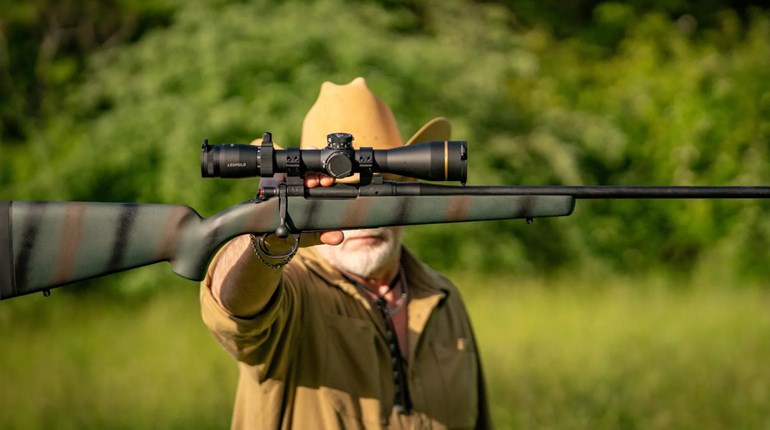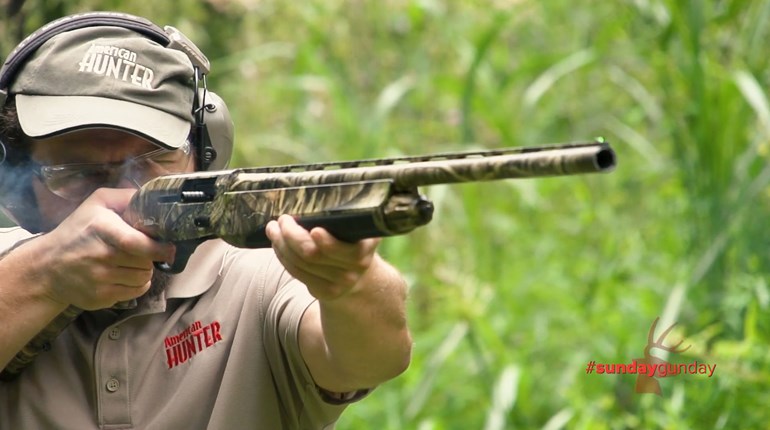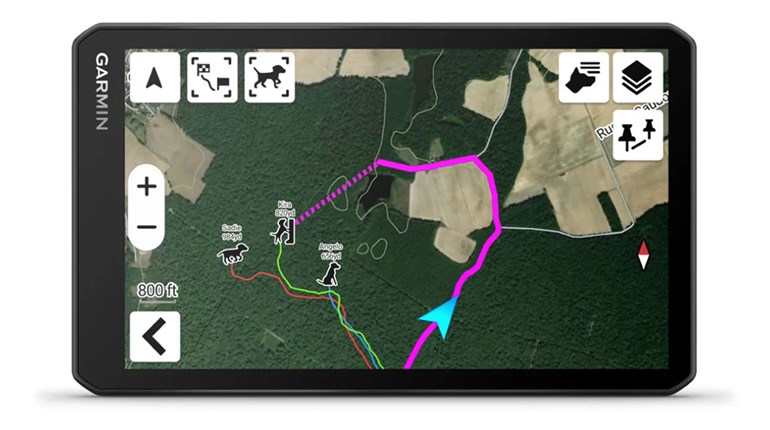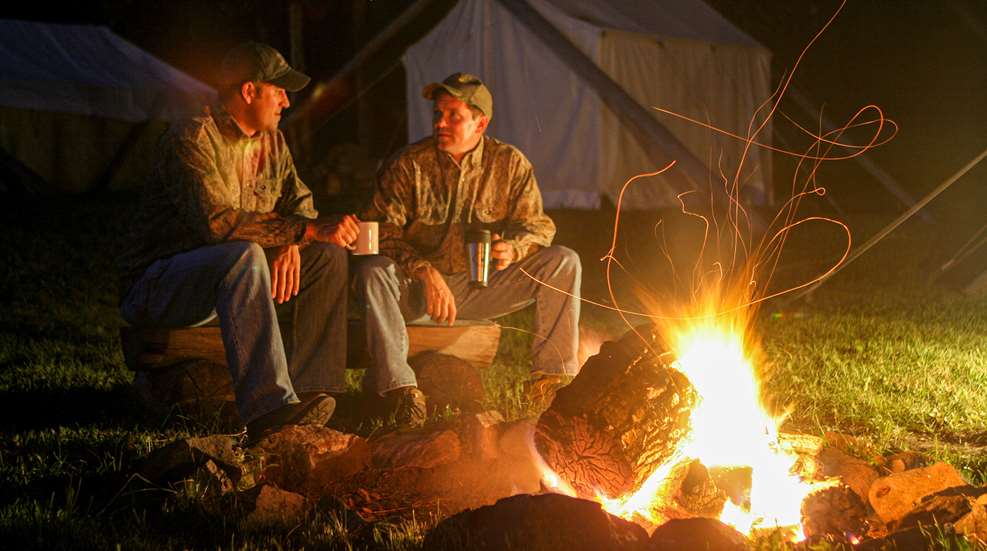
“To Build a Fire”: That Jack London story captivated me at an early age and fascinates me to this day. The unpretentious title hints at glowing warmth, but with an ominous suspicion of ruin lying in the four-word title copyrighted by London in 1900.
Spoiler alert, doom does overtake the gripping story. You, on the other hand, can avoid the character’s fate with the means to spark a fire with confidence when called upon in times of leisure or bad luck.
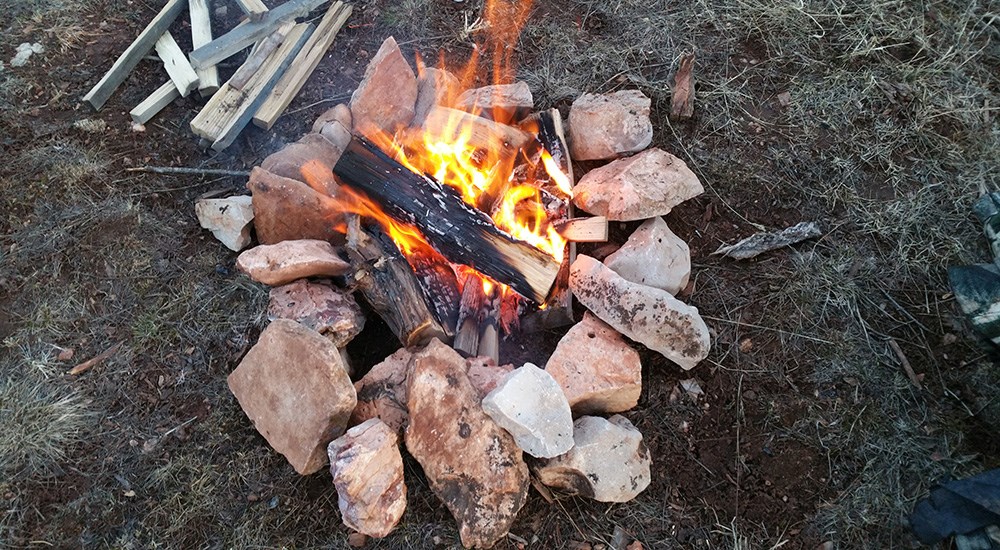
Fires provide the focal point of any hunting camp, particularly those with a backcountry setting. Light a fire and everyone immediately gathers around the dancing flames as humans have for ages. A huge debate rages in the scientific community as to when humans mastered fire making, but we certainly know our distant ancestors utilized its traits when in its presence for more than 1 million years.
Creating a fire for marshmallow roasting and camaraderie is one thing, but when you find yourself in need of flames to survive, igniting a fire means survival. Start your survival readiness with the right tools.
Instruments of Ignition
Scientists theorize humans first gleaned fire from the landscape thanks to lightning strikes, volcanoes or even burning coal seams. You have better instruments of ignition at your disposal. Begin by having at least two forms of ignition in your survival gear. The most reliable include a striker that utilizes ferrocerium sparks launched into magnesium shavings. A variety of companies create combos like the Fire-Fast Trekker. For hot ferro sparks you cannot go wrong with the UST StrikeForce. Stow tinder in the handy compartment, scrape the ferro rod and it generates a shower of sparks to ignite your tinder source. As with all survival items, practice before misfortune finds you. You do not want to discover the challenges of igniting a fire with sparks while lying in the rain with a broken leg … just thinking aloud.
Two is one and one is none so bring a spare. Invest in a second sparking device of your preference. Backups include matches, a waterproof lighter or even a store-bought lighter. I keep a wad of strike-anywhere stick matches and a lighter both in waterproof packaging. Truth be known, I light most of my fires with one, maybe two matches and save my sparking device for real emergencies.
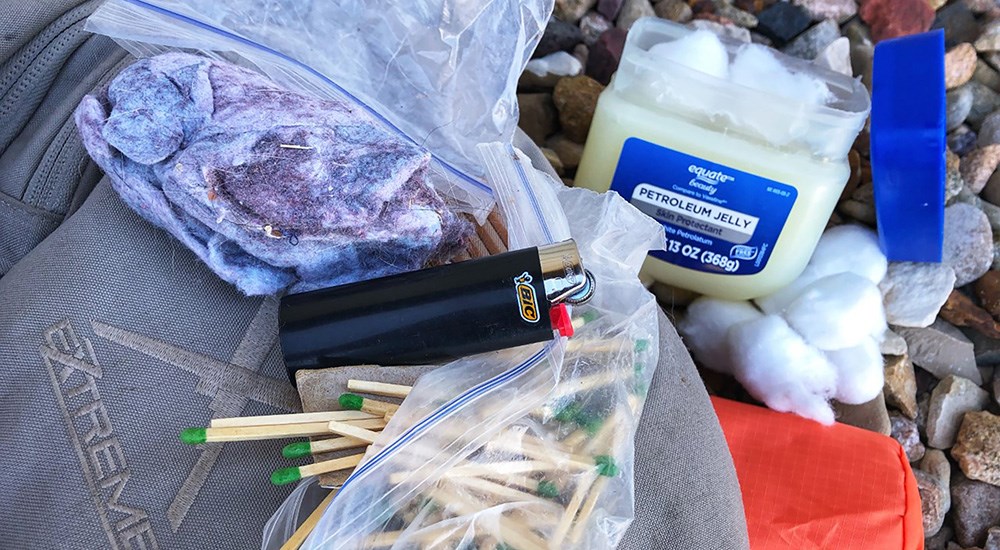
Your sparks need to land on something combustible. Bring along tinder that will get the fire party started in addition to collecting natural tinder in the environment. Risking harvesting dry tinder in extreme moisture events risks starting a fire, so I always bring my own. Like fire starters, you can purchase dozens of commercial tinder products including TinderQuik Fire Starting Tabs, preconditioned cotton or the popular Fat Rope Stick Tinder.
If frugalness is your kryptonite, you have many homemade options to act as tinder that cost next to nothing. The go-to for years is taking cotton balls and covering them in petroleum jelly. I admit to a fondness for fanning the flames with dryer lint. I scoop a pile every time I prepare to dry clothes by cleaning the vent. Take it to the next step and smear it in petroleum jelly. It becomes ultra-flammable.
In the wild, look for ignitable material in dry settings. Search underneath logs, cliffs or under heavy canopies that guard against moisture. Deteriorating forest duff, dry leaves, pine needles and wood shavings all work to grow a fire from a flicker to large flames. A baseball-sized amount provides the perfect quantity of tinder to start.
Location of the Fire
Obviously, the top location for a flickering campfire is right outside the doorway to a wall tent. Seldom do you find yourself in a crisis with those conveniences nearby. If bad luck befalls you, look for a fire location that serves your comfort, provides shelter and is located next to a fuel source to keep the warmth going until the cavalry arrives.
First, look for a location that provides you comfort and shelter in one setting. If your wounds create a non-ambulatory situation, make do, but, if possible, scramble to a location that includes shelter, fuel and materials to make a fire ring. A cliff face or a boulder’s side could offer shelter and nearby rocks offer the ability to make a fire ring. Controlling a fire is important to avoid a wildfire situation, plus a rock face near a fire creates a reflector to bounce heat. Heavy boughs of a tree, such as a mature spruce, also offer a canopy shelter amplified with an emergency tarp or shelter bag. For a signaling fire, remember not to hide it too well or create a second fire in an open location for rescuers to easily spot.
Before creating a rock circle to hold the fire, scrape the area down to bare earth. Next, dig a crater to help avoid fire spreading by sneaking out the bottom and between rocks. Use your wad of tinder and teepee dry twigs, shavings and small limbs above it so the extending flames reach fuel while growing.
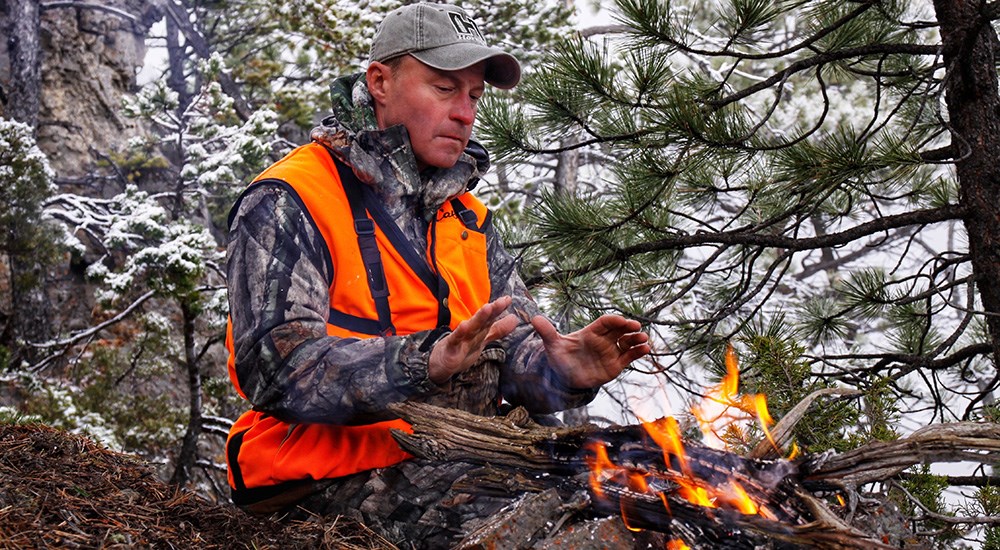
Lastly, gather fuel to feed the fire before striking the first spark. Your initial attempt could prove successful and you would not want the fire to fail while you hunt down a fuel resource. Small limbs and twigs can keep a fire going, but it takes more. Larger limbs and logs produce more heat, more illumination and last longer. Think large if possible.
Rain, wind and everything Mother Nature offers could snuff your first spark. Considering draping yourself in a jacket or tarp to create an environment free of flame extinguishing elements.
Here’s hoping, your predicament culminates with a safe ending. Be sure to follow Smokey Bear’s advice. Douse the fire and stir the ashes until the flame is out. Without water, pour dirt or sand over the fire and stir until embers are completely out and buried.
Before ill fortune visited the character in “To Build a Fire,” he had the thoughts we all do while watching a growing flame. “There was the fire, snapping and crackling and promising life with every dancing flame.” To build a fire is a worthy outdoor skill.
















